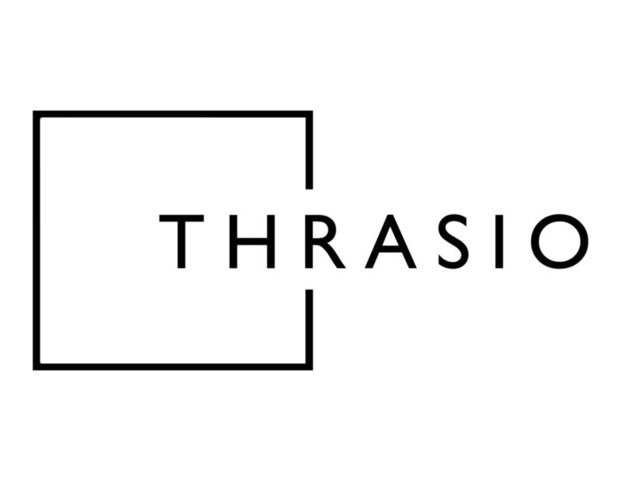Thrasio Files for Bankruptcy: What Led to the Downfall of the Amazon Aggregator?
Thrasio Holdings, one of the largest Amazon rollups, has filed for bankruptcy protection.
The company was once hailed as a pioneer of the aggregator model. But its meteoric rise has now given way to a dramatic fall.
This development offers key lessons for the e-commerce industry.
What is Thrasio?
Thrasio is a U.S. startup that pioneered the concept of e-commerce aggregation – acquiring and consolidating successful third-party sellers on marketplaces like Amazon.
The idea was to buy up smaller brands and leverage economies of scale by integrating operations like marketing, supply chain, and technology under one roof.
The Thrasio Story – Scaling Up Fast
Founded in 2018, Thrasio was an early mover in acquiring successful third-party sellers on Amazon. It would buy up these businesses, integrate them, and aim to drive synergies.
The strategy quickly attracted investor interest. Thrasio raised over $3.4 billion within a few years, earning a rich valuation. The company went on an acquisition spree, owning over 200 brands at its peak.
Thrasio’s growth coincided with the pandemic ecommerce boom. Online shopping surged as consumers stayed home. For a while, the rising tide lifted all boats, obscuring issues lurking below the surface.
Cracks Emerge in the Business Model
However, troubling signs eventually emerged at Thrasio. Highly autonomous brands struggled with centralization post-acquisition. Marketing and operations failed to fully mesh.
Despite massive fundraising, Thrasio resorted to heavy leverage. Debt piled on, with risky terms like 15% interest rates. Cash burn remained elevated even as growth slowed.
The slowdown in online sales as COVID-19 receded further strained Thrasio’s finances. So did rising digital advertising costs amidst stiff competition. Margins got squeezed harder.
Leadership instability added to the chaos. Thrasio saw two CEO changes in quick succession, disrupting any turnaround plans. Time was running out.
Filing for Bankruptcy Protection
With few options, Thrasio has now initiated bankruptcy proceedings by filing for Chapter 11 bankruptcy protection. The company has engaged restructuring advisors to navigate this difficult period. It has also secured commitments for up to $90 million in new financing from unnamed existing lenders to support ongoing operations.
This will likely involve rationalizing Thrasio’s sprawling portfolio. Unprofitable and non-core subsidiaries may be closed or sold off. A leaner and more focused Thrasio could eventually emerge.
But make no mistake – the road ahead is challenging. Thrasio must fundamentally transform its business model to bounce back. Its growth at all costs approach is no longer tenable.
According to bankruptcy filings, Thrasio listed assets between $1 billion and $10 billion, and liabilities between $500 million and $1 billion. The company reportedly made over $500 million in revenues and a $100 million profit in 2020.
The thrasio-style rollup model also gained popularity in India in 2021, attracting nearly $800 million in funding. However, the e-commerce slowdown has caused funding to dry up, acquisitions to slow, and signs of distress at major players like GlobalBees and Mensa Brands.

Key Takeaways from Thrasio’s Downfall
Thrasio’s bankruptcy offers several lessons for e-commerce:
- Beware of unhealthy debt levels – excessive leverage magnified Thrasio’s troubles once growth slowed. Sustainable financing is vital.
- Integrate carefully post-acquisition – forcing disparate brands into a common structure requires planning and finesse, not just aggression.
- Understand true unit economics – Thrasio’s opacity hid issues that emerged later. Accurate financial reporting is critical.
- Build contingencies for downcycles – tailwinds like the pandemic can reverse abruptly. Companies must prepare for shifting conditions.
- Maintain leadership stability – frequent turnover atop Thrasio undermined its ability to course-correct. Consistent vision is invaluable.
While the road forward looks bumpy, Thrasio still retains significant assets and brand partnerships. With prudent reorganization and renewed strategy, Thrasio could potentially regain solid ground. But for now, its early promise stands soured by unchecked ambition. This humbling downfall is a cautionary tale for the wider e-commerce sector.
What is Next for the Amazon Aggregator Model?
Thrasio’s bankruptcy does not spell the end for e-commerce rollups. The model retains merit, albeit with important lessons learned regarding execution. We will see rollups evolve across dimensions like:
Specialization – Generalist aggregators will focus on specific niches to better leverage expertise. Granularity will add value.
Selectivity – Criteria for acquiring new brands will emphasize profitability and synergy metrics more. Growth cannot supersede economics.
Diversification – Reliance on Amazon as a sole channel will drop as rollups expand across other platforms like Shopify, Walmart, and Instagram.
Global expansion – With most activity concentrated in the US so far, rollups will accelerate purchases of overseas brands to access broader demand.
Vertical integration – Backward integration into manufacturing and forward into D2C channels will help aggregators boost margins.
Omnichannel – Having an online and offline presence will become more common as rollups reduce over-dependence on pure e-commerce.
Consolidation – The universe of roll-up companies will likely shrink and consolidate after a period of overcrowding. Staying power and resources will differentiate winners.
In summary, e-commerce rollups retain merit but must evolve intelligently from the pioneering “growth at any cost” mindset. By absorbing tough lessons from Thrasio’s downfall, the next generation of aggregators can build more sustainable long-term models.







